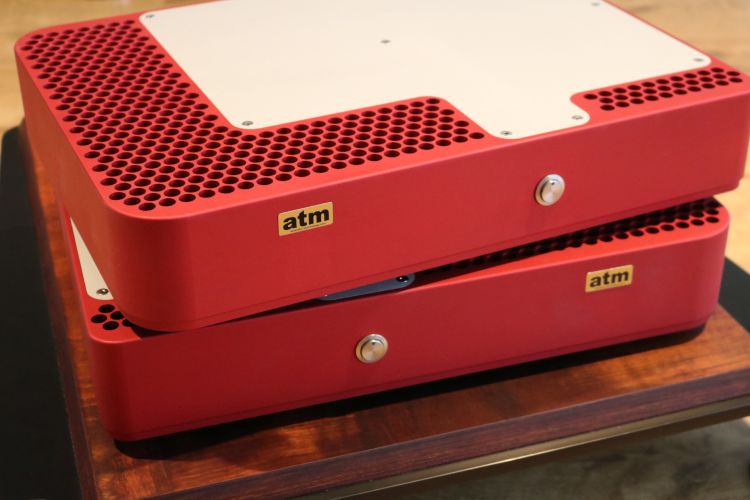
Class-A sound
For many people, I suspect, Class-A is synonymous with big, sweet, round and relaxed sound and it is sometimes also linked to tube sound. Of course, there is no such thing as a Tube-sound or Class-A sound because so much depends on the implementation. The Pass Labs XA30.8 transistor Class-A power amplifier springs to mind, which to my ears sounds very transistor-like. Compared to the EPM-50’s, it has a bolder, more direct and more impactful delivery but it is considerably less sophisticated and refined. The EPM-50’s, however, do sound in line with what I believe many people associate with, and desire from, a Class-A amplifier.
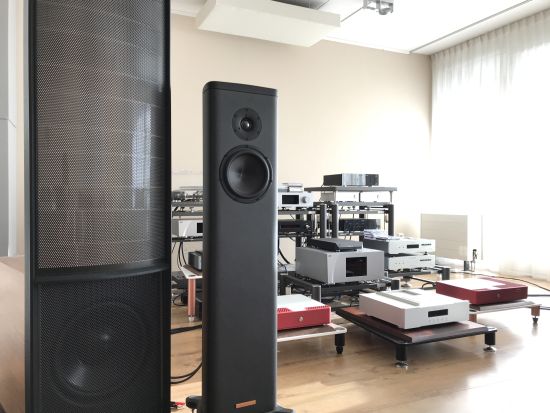
Perspective
Moving on to the main system, the EPM-50’s were used with the Magico S1 MkIIs and the Martin Logan ESL15A’s. Here, the source was again a mix of music server tracks on the Antipodes CX and CD’s played on the Jay’s Audio CDT-2 MkII CD transport. The DAC in all cases was the CH Precision C1, the interlinks CH Precision Balanced Link (XLR) and the speaker cables Jorma Design Trinity and Driade Flow.
The Martin Logan ESL15A electrostatics have (high-impedance) active bass and the foils also draw virtually no current and therefore they are normally very easy to drive. However, tube amplifiers do not apply as they have difficulty with the foils’ very low 0.5-ohms impedance at 20kHz. Not without reason, the company states that Martin Logans are indeed made to sound best when driven by transistors.
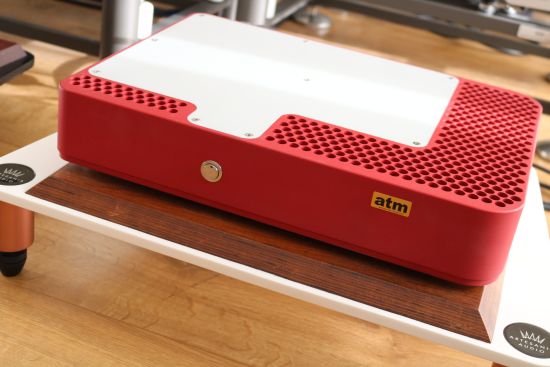
As it turns out, the ESL15A + EPM-50 pairing makes for a relaxed and sweet sound but the music’s intent and dynamic impact are reduced and the treble is rolled off resulting in a sound that lacks speed and drama… precisely as it has happened every time when I tried to use Logans with Tube amplification.
This was not a result of bad design but just a mismatch. Class-A amps are typically very stable, but in possessing a tube-like free-flowing and organic delivery, the EPM-50’s seem to have also attained a tube-typical response to very low impedances. I imagine that their low damping factor combined with a presumably low amount of feedback is a blessing and a curse. A blessing because it enables the amps to sound amazingly lush and totally devoid of artificial and technical attributes when partnered with speakers that are easy to drive. A curse because, well, more difficult speakers fare less well.
So, the EPM-50’s are not ideal amplifiers for driving Martin Logans. But for that purpose, the company also has N-Core-based Class-D amplifiers in its portfolio and I have no doubt that these would control the heck out of the Logans. Who knows, I might do a follow-up review at some point.
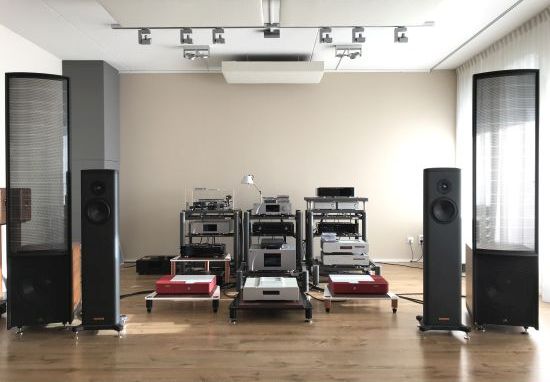
Moving on to the Magico’s, thankfully, the balance is restored entirely. Now, the treble is still sweet yet energetic and entirely open, the midrange is lush and warm and the bass strikes a good balance between relaxed and controlled. The tube-like qualities that I noted with the Kromas are evident, but here, they don’t work quite as majestically. Rather than forming a magical synergy that makes the music blossom and draws the listener in, the Magico’s work to highlight the technical areas in which the EPM-50’s are less well-versed and the warmth and lushness form barricades that limit the transparency and dynamic contrasts.
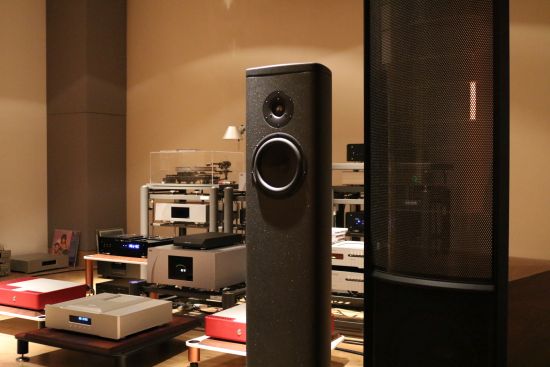
In all fairness, the S1 MkII’s are still relatively difficult to drive properly. The CH Precision A1.5 has all the power and control needed to bring them to life. But it’s telling that its power display meter easily hits 120+ Watts with the Magico’s when playing a little bit more loudly, while the meter rarely exceeds 36 Watts with the Kroma’s unless playing at absolute storm levels.
Power and control aside, though, the Magico’s also unveil that the EPM-50’s don’t quite have the retina-like resolution and refinement of the A1.5. And with the Magico’s, it’s in these very areas that they are normally most impressive which probably makes this stand out more. The A1.5 is designed such that it has absolutely no audible crossover distortion which, along with its exceedingly hi-res, neutral and pretty much character-less sound made it my personal reference in the field of transistor amplification. But, it cannot be said to sound particularly tube-like and I can imagine that some people just want their amplifier to have more character. Finally, it must be noted that the A1.5 is considerably more expensive than the EPM-50’s.
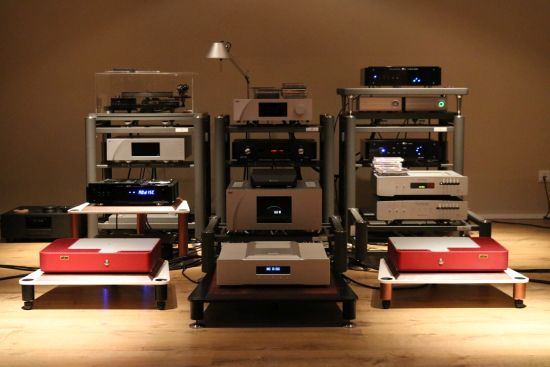
Bottom Line
In the end, I moved the amplifiers back to the Kroma setup only to find that, yes, they work absolutely marvelously with these speakers. Not only is the sound organic and emotionally captivating, but it’s also highly dynamic and rhythmically infectious, as evidenced by my continuously tapping foot. And, I absolutely did not feel that there was the slightest amount of detail or transparency missing. I often say it and this proves it once more that, in audio, making the right match is of the utmost importance. If the Carmens did not weigh literally 100 kilos each I would move them back to the main listening room to see what more these amplifier beauties would be capable of.
Considering the fabulous results with the Kroma’s, I’d bet that most dynamic speakers that do not have impossible impedance curves should work very well. Besides Kroma Audio, Sonus Faber and Franco Serblin are other brands that I imagine might pair very well.
Conclusion
Fabulously organic and highly seductive and in no way mechanical or electronic, these fully Class-A amplifiers eschew the kind of overt control that can lead to the mechanical and clinical presentation that makes so many rivals sound technically impressive but emotionally rather uninvolving. They may not work ideally in every combination but that is because they are not designed to control the heck out of every speaker. Rather, they always let the music flow naturally and when the speaker-match is right they are nothing short of pure magic.
External Links
Manufacturer: atm-audio
Read Also
atm-audio EPM-700 Hybrid Class-A Triode/Class D power amplifiers
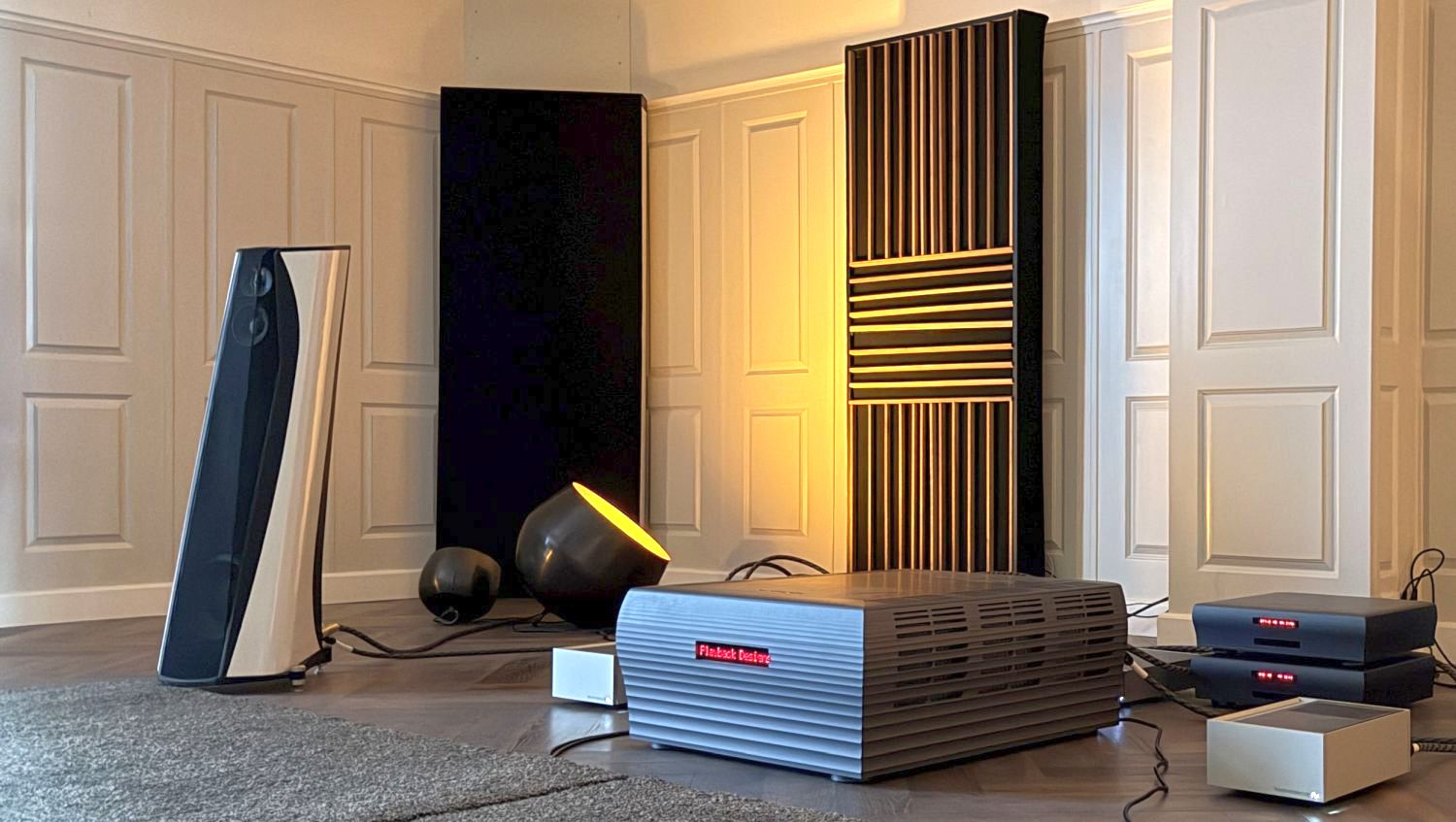
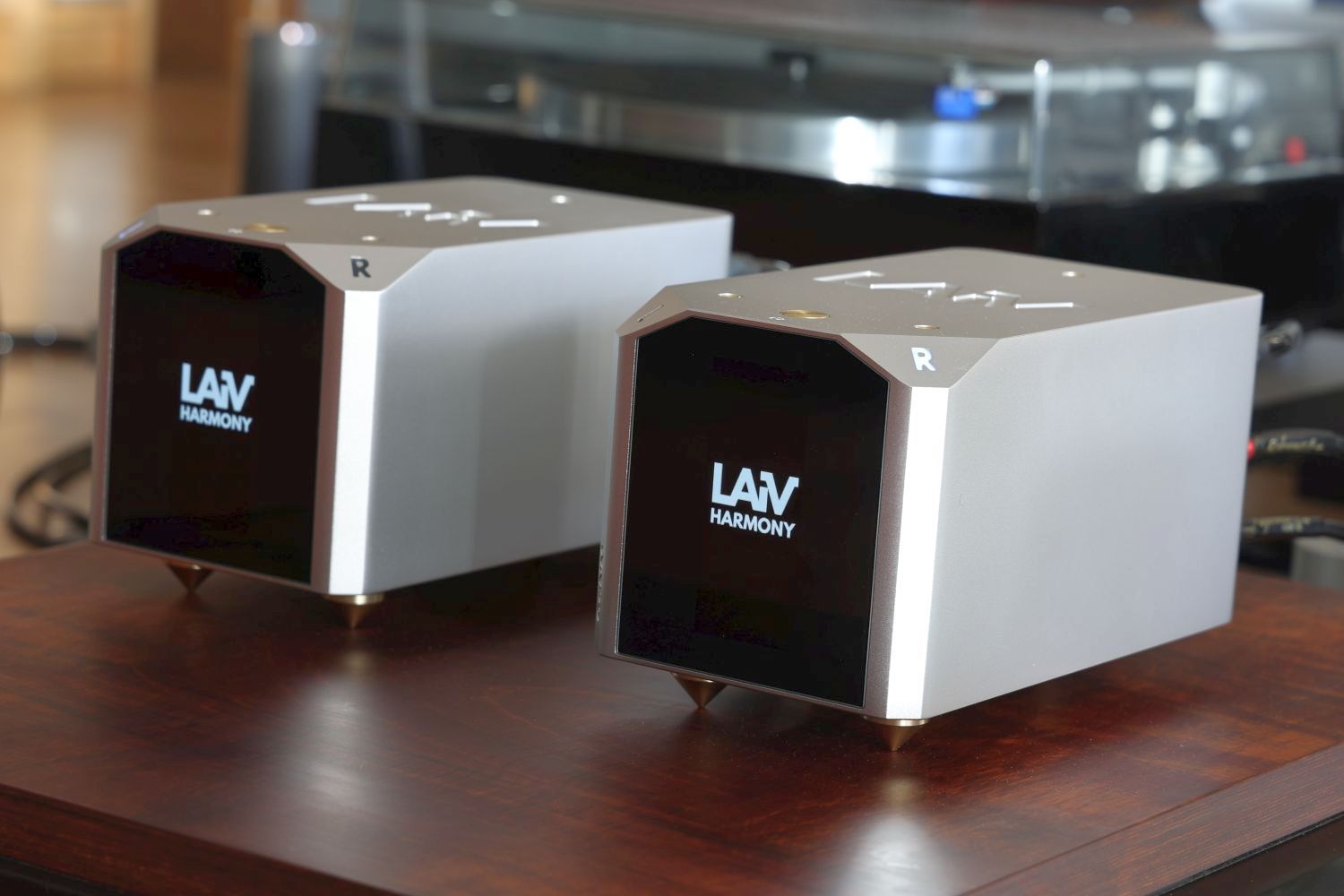
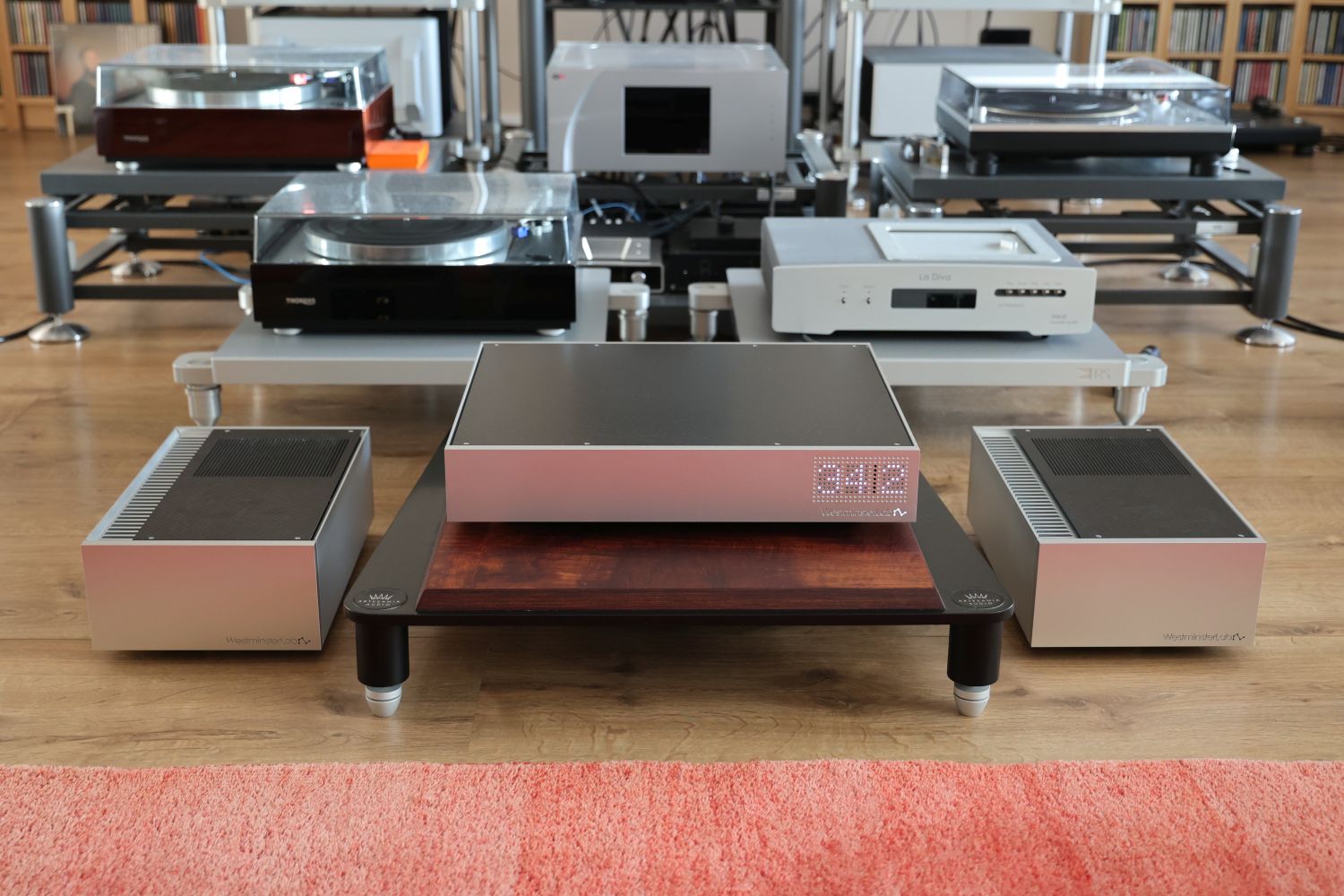
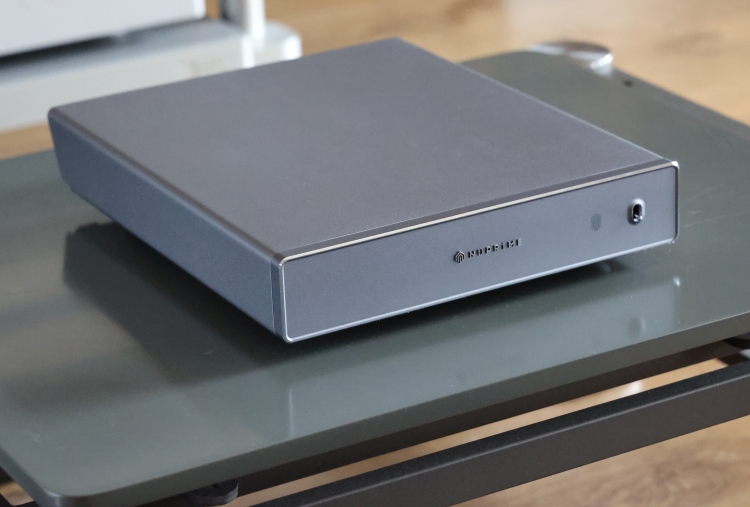
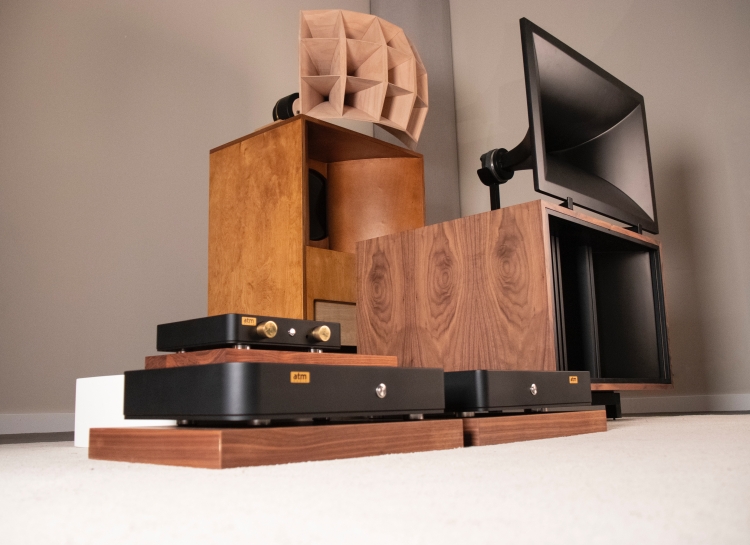
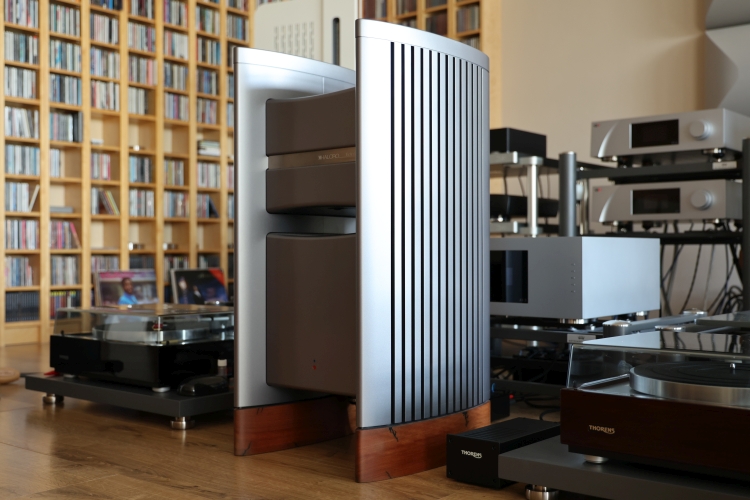
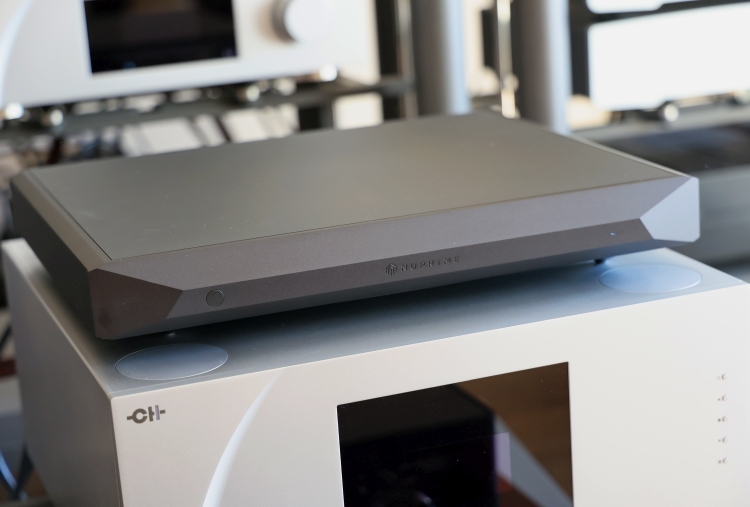
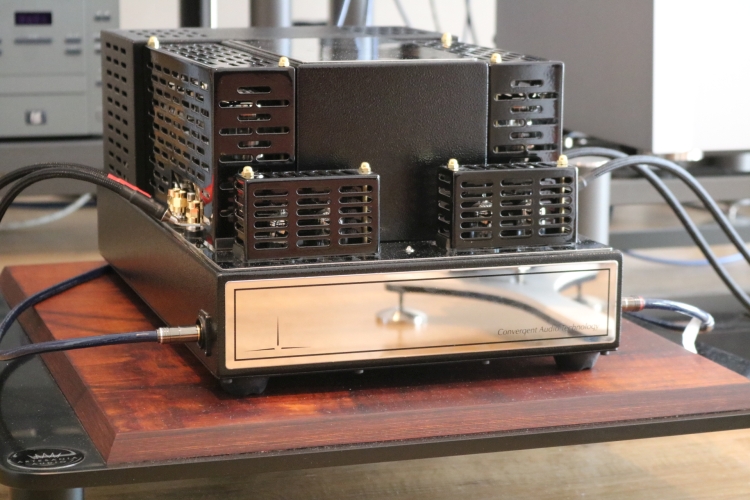
Hello Mr Punter,
First, a note of thanks for doing such in-depth reviews of audio equipment, many of which we have never heard of in Canada.
What interests me is not so much the equipment you’ve been reviewing, but your whole approach to reviewing equipment. Let me be specific.
1. With what’s happening in the world today, with global warming, climate change, and the man-made destruction of the environment, is there still a place for Class A amps, amps that waste so much energy to bring us…an emotionally involving experience? We’re all being asked play our part to slow down climate change. Why are so many hi-fi companies still stuck in the past? Why are they not being called out? Is this compartmentalization for audiophiles? Some things we’re glad to change at the drop of a hat to save the world, but when it comes to stereo equipment, it’s Class A all the way?
2. Why do certain equipment get more ink than others? Some gear gets one article, others get two or three parts.
3. If you had $100,000+ disposable income to buy audio equipment that takes up half of a large room, would you rather not use the money to go to live concerts? Isn’t the point of audio equipment to create an illusion of the real thing? But when you already have one of the best orchestras in the world–the Concertgebouw Orchestra in Amsterdam–would you not be a regular subscriber to live the experience? Is this a case of being at the Niagara Falls and yet you need to take photos, and somehow feel that the photos give a more emotionally involving experience?
4. Because most of the equipment you review is beyond the budget of the average audiophile, does this website mainly target the wealthy and super wealthy?
5. Do you think you’ll ever put together a budget system or a mid-fi system?
I would appreciate your thoughts on these questions. Thanks.
Hi FS, I feel that everyone should form their own opinions and decide for him/herself which amplifier best suits their needs. I don’t want to get into political arguments but I will say that Class-A does not necessarily consume more power than Class-A/B. My high-bias A/B Jeff Rowland model sixes, for example, used 225 watts per side which is more than the atm-audios consume. Many big AV amplifiers also consume similar amounts of power, as do plasma TVs and even certain LCD/LED ones, if they are very large. The legislation will make sure that energy consumption across the board will keep decreasing but I will also say that the very small percentage of audiophiles that have relatively power-hungry equipment is perhaps not worth focusing on in the grand scheme of things.
The length of any article is just how it pans out. I never start on anything with a certain amount of text in mind. Sometimes I have more inspiration than other times, sometimes what I encounter makes me think of something else which I then also include in the review. It also happens that something may work well in one situation and not in another. In such a case I need to do more digging for a well-balanced opinion. I will then change the circumstances or take items to friends’ systems.
My articles are aimed at anyone who likes to read them and/or is serious/dedicated enough to invest in such equipment. And that does not need to mean one has to be super-wealthy. Actually, I think that really wealthy people probably don’t read a lot about their potential purchase before buying. More likely, they go to their dealer and follow up their advice.
I am certainly not wealthy myself, I just make sure to set my priorities just so. I fund my items with loans, the same, I guess most people do when buying a new car. Why is it acceptable to buy a 30.000 euro/dollar car but not a 30.000 amp? The audio equipment likely holds its value better than the car.
Since this site is more a labor of love than a job (my full-time job pays the bills) I tend to write about what interests me most. That keeps it fun. However, every now and then, I do get bitten by a bug from the past and I then dive in deep. For instance, this resulted in the classic transport masterpieces, the Technics Linear Turntables article and, of course, the large section covering classic Philips and Marantz players.
Finally, I do write about what I regard as entry-level high-end when I feel that the product has a very good price/performance ratio. The Jay’s Audio, Denafrips, Line Magnetic, Thorens and Lejonklou are recent items that spring to mind.
Well said Christian and as always a great informative entertaining review!